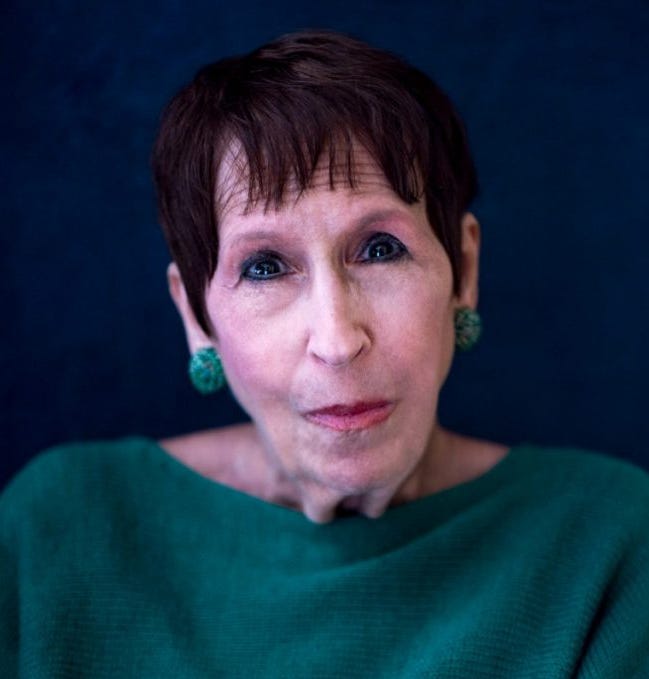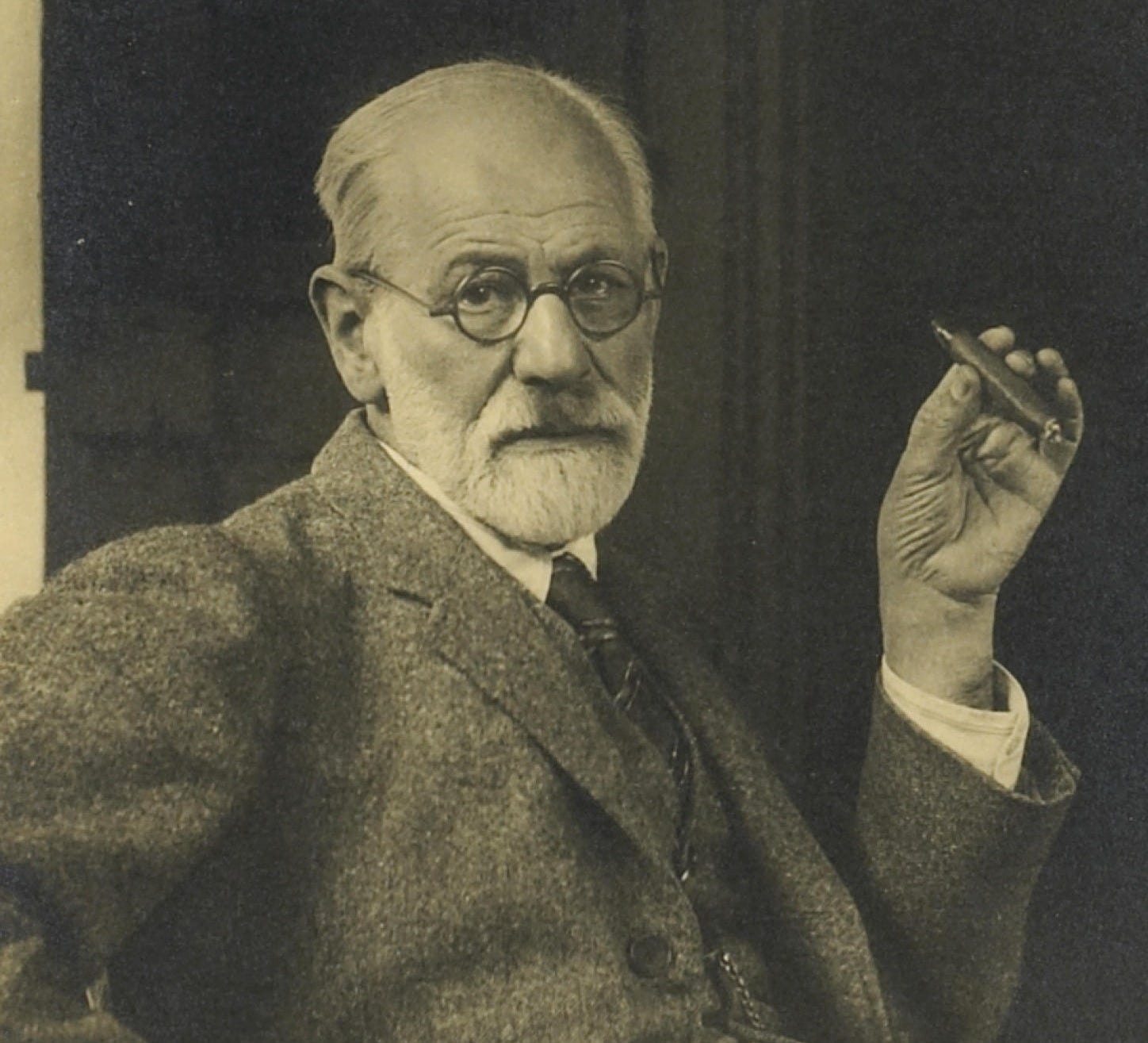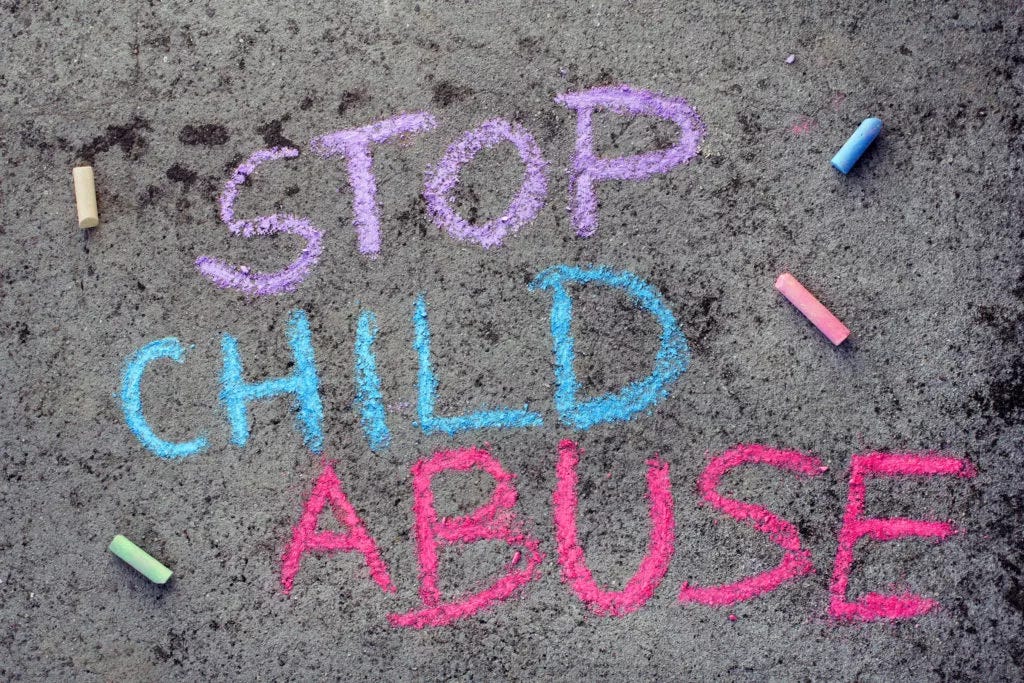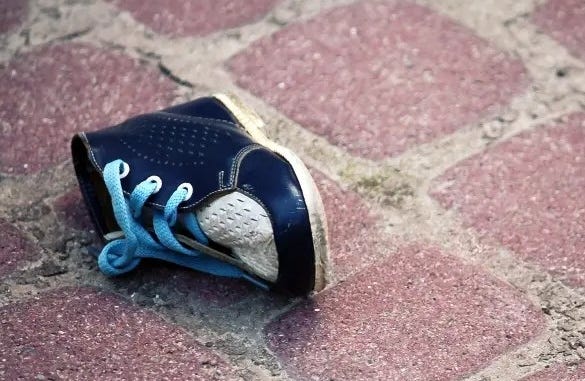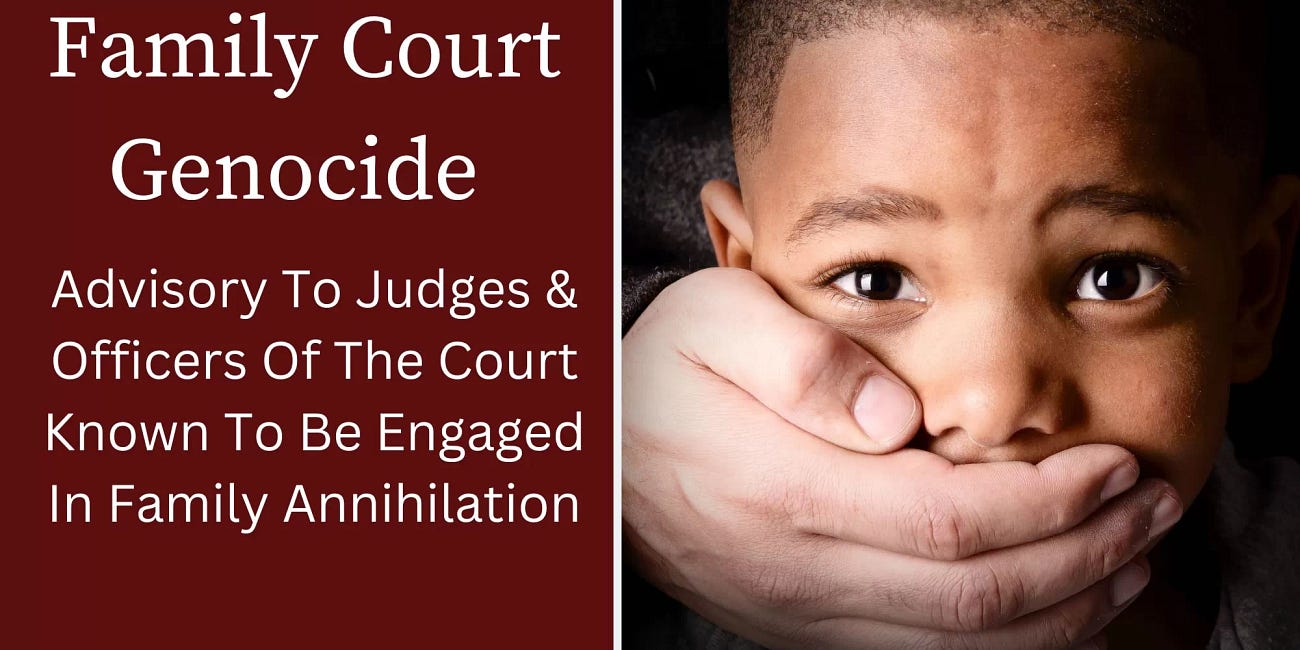What Children Who Are Sexually Abused Share
A sobering look at how systems fail to protect our most vulnerable.
NOTE: This is a guest article written by Jill Jones Soderman, the Founder and Executive Director of the Foundation for Child Victims of the Family Courts (FCVFC), edited for form and space. The FCVFC employs legal, forensic, financial, and psychiatric experts to advocate for families affected by the Family Court Industrial Complex.
By Jill Jones Soderman
Child sexual abuse is a silent epidemic, destroying the lives of victims and corroding the foundations of a healthy society. Its impact reaches far beyond individual suffering, leaving scars on physical, emotional, and personal development.
Yet, denial and suppression of this grim reality have allowed abuse to persist, bolstered by systemic failures in institutions meant to protect the vulnerable.
This article explores the shared experiences of abused children, the systemic failures that enable such harm, and the urgent need for reform.
The Suppression of Truth
Denial of child sexual abuse is deeply rooted in history. When psychotherapy emerged as a treatment for trauma, Sigmund Freud discovered a disturbing commonality: many of his female patients suffering from psychosis had endured childhood sexual abuse, often by family members. His findings, however, were met with outrage, threatening his career.
Rather than championing the truth, Freud retracted his conclusions, choosing theories that appeased societal norms.
This retreat from truth created a legacy of neglect and avoidance. Survivors were disbelieved, silenced, or institutionalized, while abusers escaped accountability.
This pattern persists, with victims often dismissed as unreliable or manipulative, leaving the abuse cycle unbroken.
Institutional Failures
Systems meant to protect children frequently fail them. These failures stem from denial, incompetence, and profit-driven motives, as shown in several harrowing examples:
Ignored Trauma: A young girl hospitalized in a psychotic state after witnessing her father murder her brother was misdiagnosed with schizophrenia. Only years later did therapy uncover the true cause of her condition, revealing a history of abuse and multiple unreported family murders.
Maternal Sexual Abuse Overlooked: Two teenage boys, hospitalized after attacking their mothers, were later found to be victims of incest. One boy had been sexually assaulted and fought back violently; the other, intellectually impaired, complied with his mother’s abuse. Despite the clear evidence, institutions avoided addressing these dynamics, prioritizing convenience over justice.
Family Court Complicity: Two sisters were separated from their protective mother based on false allegations of Munchausen syndrome by proxy. While in their father’s custody, they endured severe neglect, deprivation, and abuse. Their pleas for rescue went unheard for years despite the trove of evidence they provided to support their claims.
The Shared Experiences of Victims
While every story is unique, sexually abused children share common experiences:
Shame and Fear: Victims often internalize overwhelming shame and anxiety, forced to manage the burden of traumatic secrets.
Isolation: Abusers frequently isolate their victims, ensuring they remain powerless and dependent.
Loss of Trust: Mistrust becomes pervasive, extending to caregivers, authority figures, and even themselves.
For some, the weight of these experiences becomes unbearable.
A teenage girl, forced to share a bed with her father, who routinely abused her, ended her life on her sixteenth birthday. Her suicide note spoke of the pain she could no longer endure: "I cannot get the noises out of my head."
Intergenerational Cycles of Abuse
Abuse often spans generations, leaving devastation in its wake. One family endured a legacy of trauma, beginning with a grandfather who abused his daughters and later his grandchildren.
This pattern, perpetuated during family gatherings and other events, led to widespread mental illness, substance abuse, and multiple suicides among descendants.
Institutions failed to address the root causes of this dysfunction. They treated symptoms without acknowledging the abuse, leaving victims unsupported and future generations vulnerable to continued harm.
The Profitable Industry of Abuse
Beyond individual failures, an industry has emerged around the manipulation of abuse claims. Family courts and child protective services often prioritize financial incentives over child welfare.
Federal funding streams tied to custody transfers create a system where children are placed with abusers for profit.
This dynamic is particularly evident in family courts, where unsubstantiated allegations are used to separate children from protective parents. The result is an epidemic of harm fueled by greed and bureaucracy.
A Call to Action
To confront the scourge of child sexual abuse, systemic change is essential.
Accountability for Abusers: Perpetrators must face justice, and institutions must prioritize victims' safety over convenience.
Transparent Evaluation Processes: Abuse allegations must be assessed with evidence-based methods, free from bias or financial motives.
Elimination of Profit Motives: Financial incentives tied to custody battles must be eradicated, ensuring decisions prioritize child welfare.
Amplifying Victim Voices: Survivors must be heard. Their stories have the power to illuminate hidden truths and drive change.
Conclusion
Child sexual abuse is not just a hidden crime but a systemic and societal failure that perpetuates suffering across generations. The denial, suppression, and profit-driven exploitation of victims highlight the urgent need for accountability, transparency, and reform.
To break this cycle, we must confront uncomfortable truths, listen to survivors, and dismantle the structures that enable abuse to thrive. Only through collective courage and unwavering commitment can we create a society where every child is safe, valued, and free to grow without fear.
The time to act is now—for the victims and the future we owe them.





